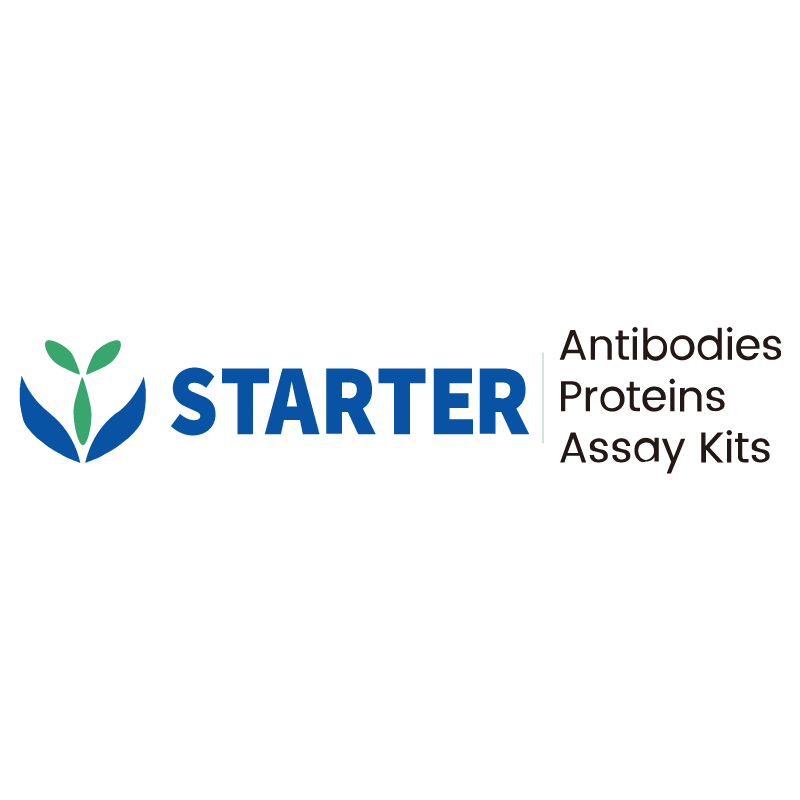WB result of Invivo anti-mouse IFNAR-1 Recombinant mAb
Primary antibody: Invivo anti-mouse IFNAR-1 Recombinant mAb at 1/1000 dilution
Lane 1: IFNAR-1 His Tag protein, Mouse 1 µg
Secondary antibody: Goat Anti-mouse IgG, (H+L), HRP conjugated at 1/10000 dilution
Predicted MW: 66 kDa
Observed MW: 66 kDa
Product Details
Product Details
Product Specification
| Host | Mouse |
| Antigen | IFNAR-1 |
| Synonyms | Interferon alpha/beta receptor 1; IFN-R-1; IFN-alpha/beta receptor 1; Type I interferon receptor 1; Ifar; Ifnar; Ifnar1 |
| Location | Lysosome, Endosome, Cell membrane |
| Accession | P33896 |
| Clone Number | S-02756 |
| Antibody Type | Mouse mAb |
| Application | ELISA, WB |
| Reactivity | Ms |
| Purification | Protein G |
| Concentration | 5 mg/ml |
| Purity | >95% by SEC-HPLC |
| Endotoxin | <2EU/mg |
| Conjugation | Unconjugated |
| Physical Appearance | Liquid |
| Storage Buffer | PBS pH7.4 |
| Stability & Storage | 2 to 8 °C for 2 weeks under sterile conditions; |
Dilution
| application | dilution | species |
| WB | 1:1000 | Ms |
Background
IFNAR-1 (interferon-alpha/beta receptor subunit 1) is a single-pass type I membrane glycoprotein encoded by the IFNAR1 gene on human chromosome 21, and it constitutes the ligand-binding α-chain of the heterodimeric class II cytokine receptor for type I interferons (IFN-α/β/λ); upon IFN engagement, IFNAR-1 undergoes conformational coupling with its co-receptor IFNAR-2 to nucleate an intracellular signaling platform that recruits and activates the Janus kinases TYK2 and JAK1, leading to phosphorylation and nuclear translocation of STAT1/STAT2, formation of the ISGF3 transcriptional complex (with IRF9), and expression of hundreds of interferon-stimulated genes whose products orchestrate antiviral, antiproliferative, and immunomodulatory effects; structurally, the extracellular region adopts a tandem fibronectin-III–like fold that docks IFN, while the cytoplasmic tail harbors motifs that stabilize TYK2 binding and ubiquitination sites that viruses such as influenza A exploit to trigger IFNAR-1 degradation and evade innate immunity; the receptor is expressed broadly on hematopoietic and non-hematopoietic cells, and its regulated membrane turnover—controlled by phosphorylation, ubiquitin ligases, and microRNAs like miR-93-5p—fine-tunes cellular responsiveness to type I IFNs during infection, autoimmunity, and cancer immunosurveillance.
Picture
Picture
Western Blot


